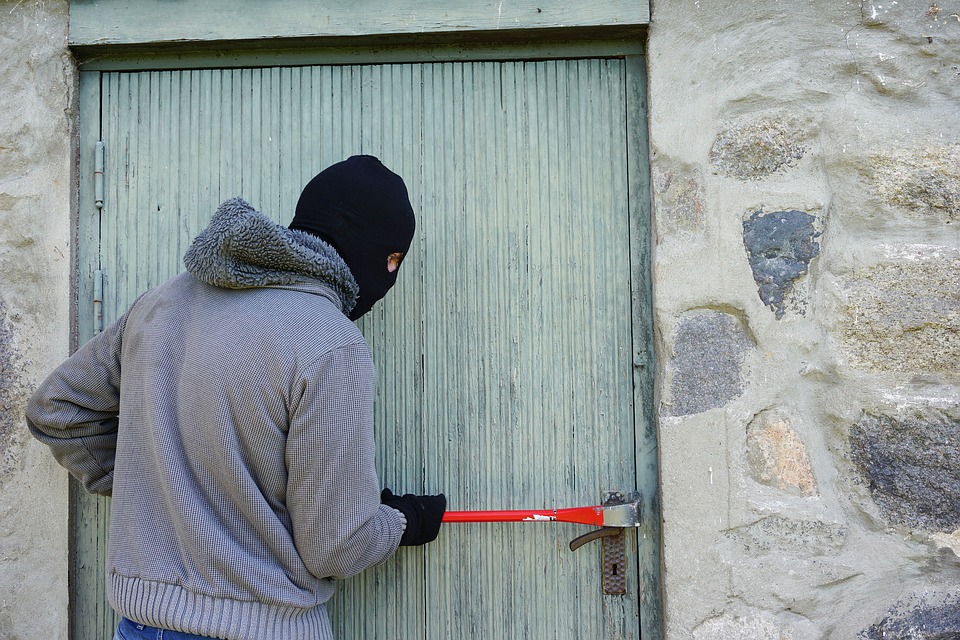The most crime-prone regions in Hungary – map
The Lechner Knowledge Centre has put together a map featuring last year’s criminal activity in Hungary, reports online daily Heti Világgazdaság. The results are surprising, as criminal activity peaks not in the poorest or richest regions.
Number of crimes and break-ins in the whole countryRed: most crimes committed, green: least crimes committed
source: Prestat
The first map illustrates the number of crimes and break-ins in the whole country. Counties marked with red are the most crime-frequented ones, with over 1300 registered felonies per 100 thousand residents.
As the map shows, the most crimes in 2017 were committed around Lake Balaton, in the southern Great Hungarian Plain and in the north-eastern part of Hungary. More exactly in counties like Borsod-Abaúj-Zemplén, Hajdú-Bihar and Csongrád, and in regions south of Lake Balaton, near Balatonfüred, Bicske and Budakeszi, along with Barcs, Füzesabony and Heves, Békécsaba, Békés and Balmazújváros.
The outlook of Budapest is not too cheerful, as almost all districts closer to the city centre are featured, including Csepel.
The outer districts of Pest stand good, exempt from this is Soroksár and Újpest. The 12th and 22nd districts located on the Buda side of the capital city were the second worse, and worryingly, the rest of Buda is the most crime-prone in Budapest.
Now let us look at the brighter side, at the least crime-frequented regions. These are marked with green, where 750 felonies are registered per 100 thousand residents and are scattered all across the country, but most common in north-western Hungary.
The more crimes are registered in the more frequented and wealthier parts of Budapest, while the opposite stands true in the countryside.
red: most break-ins, green: least break-ins
source: Prestat
The second map illustrates the number of break-ins in 2017 in Hungary. Again, the most number of registered felonies are marked with red (110 registered break-ins per 100 thousand residents), like around the heart of the country, in counties like Jász-Nagykun-Szolnok and southern Heves (Kunszentmárton-Gyöngyös-Karcag).
A good number of break-ins are committed in north-eastern Hungary and along the eastern border, in counties like Borsod-Abaúj-Zemplén and Szabolcs-Szatmár-Bereg, also near towns such as Salgótarján, Berettyóújfalu, Bicske, Oroszlány, Cegléd, Dombóvári, Kiskunmajsa, Sárgbogárd.
The ‘worst’ districts in Budapest are the outer ones in the south and west, like the 17th, 18th, 19th, 20th, 21st, 23rd and the whole of Buda except for the 3rd district.
Alarmingly, the 5th district (where the Parliament is) is marked with red too.
Most of the thefts in the inner districts are committed on the streets, while actual break-ins are more usual in the outer ones.
Heti Világgazdaság draws the conclusion that criminals do not target extremities (the richest vs the poorest regions), but those regions where there are more family houses, and residents are financially well off, barely above the average, like in the case of Budapest.
The counties marked with green have less than 25 break-ins per 100 thousand residents, these are found mostly in north-western Hungary, north of motorway M7 and west of Székesfehérvár. Regions near Szeged are also marked with green, so this case is a bit surprising, since in this ranking Szeged is the best, while in the previous one it is the worst.
Criminals change their target areas seasonally: in Somogy county and near Siófok the most break-ins (60 cases per month on average) were registered during the summer between 2010 and 2017, while at the county seat in Kaposvár the most break-ins are committed in November and December (35 in December 2010).
Crime has declined in Hungary between 2012 and 2016:
451 259 crimes were registered in 2012, while in 2016 only 277 166, out of which 78 296 were thefts.
Source: hvg.hu
please make a donation here
Hot news
What happened today in Hungary? – 27 April, 2024
Hungary’s popular Sziget Festival 2024 announces major headliner
Escape to nature: 5 magical parks in Budapest – PHOTOS
Surprising: Private super railway may connect Budapest with Budapest Airport
The world’s oldest Olympic champion, Ágnes Keleti, visited Madame Tussauds Budapest
Unexpected: President Xi will announce colossal Chinese carmaking plant near Hungarian city




